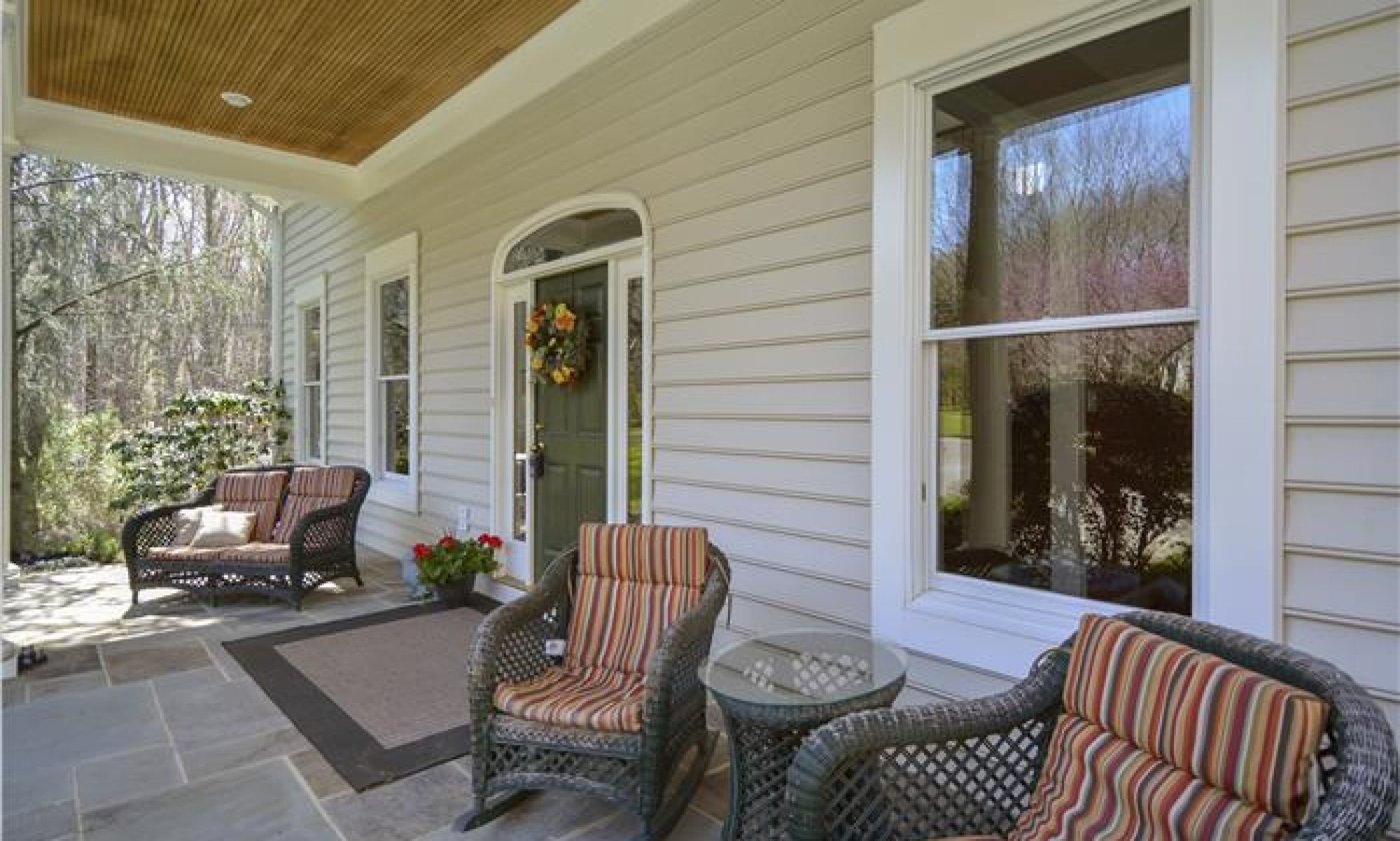by Dan Krell
DanKrell.com
© 2012
 The fact that home sale inventory has dropped off compared to recent years is not news. The reduced number of homes for sale has made it more difficult for increasingly discerning home buyers to find the “perfect” home. And for some, a perfect home even goes beyond a new “spec” home or new home development; so they consider a custom home as a way to uncompromisingly have all the features they really want in their new home.
The fact that home sale inventory has dropped off compared to recent years is not news. The reduced number of homes for sale has made it more difficult for increasingly discerning home buyers to find the “perfect” home. And for some, a perfect home even goes beyond a new “spec” home or new home development; so they consider a custom home as a way to uncompromisingly have all the features they really want in their new home.
There are many pros and cons to building a custom home. As you might imagine, one clear advantage of building a custom home over buying a resale is that you can choose your home style and floor plan to fit your taste and lifestyle. Customizing a resale to fit your needs has its limitations; besides the physical limitations of the home itself, you may encounter issues with zoning and/or a HOA. Buying a spec home or a home in a new home development also has limitations; you are typically limited to the home styles and floor plans offered by the builder (and some will not comply with customization requests).
Planning to build a custom home takes time and money. Choosing the right contractor and architect is highly important. Designing the home you want requires time for permitting and construction. Weather is often an impediment; poor weather conditions can prolong the process and possibly increase your construction costs.
Next, you’ll need to find a place to build your dream home. Finding the perfect lot can sometimes be difficult, depending on the type and size of home you’re planning. Among the many things to consider: you need to make sure that the lot is zoned appropriately, as well as being large enough for the home you choose to build. Additionally, you should consider utility availability to the lot: is public water and sewer available; is natural gas available. Other issues that could affect your lot: clearing trees, easements, and/or protection areas.
 If an unimproved lot is not found to meet your needs, another option is to buy a “tear down.” A tear down is an old home that is torn down to build a new home on the existing lot. Of course, there are issues that need to be addressed when going this route as well. Besides encountering building issues similar to those of an unimproved lot, you may encounter additional zoning and permitting constraints with a tear down.
If an unimproved lot is not found to meet your needs, another option is to buy a “tear down.” A tear down is an old home that is torn down to build a new home on the existing lot. Of course, there are issues that need to be addressed when going this route as well. Besides encountering building issues similar to those of an unimproved lot, you may encounter additional zoning and permitting constraints with a tear down.
Unless you’re willing to pay for your project with cash, you’ll have to secure financing. Depending on your project, there are various loans are available so consult your lender about terms and qualifying criteria. Some loans may combine the acquisition of the land and the construction; and other loans could provide the loan for the construction, and then convert to a permanent mortgage.
Although it’s great feeling to build the home of your dreams, you should also consider its resale. Tastes vary, so your idea of a dream home may not be everyone else’s. A large amount of non-traditional customization could not only turn off future home buyers, but could very well hurt your sale price.
Building a custom home requires due diligence. The Maryland Home Builder Registration Unit (of the MD Office of the Attorny General)provides consumer information about purchasing new homes and the Home Builder Guaranty Fund (www.oag.state.md.us/Homebuilder/index.htm).
More news and articles on “the Blog”
![]()
This article is not intended to provide nor should it be relied upon for legal and financial advice. Using this article without permission is a violation of copyright laws. Copyright © 2012 Dan Krell.
